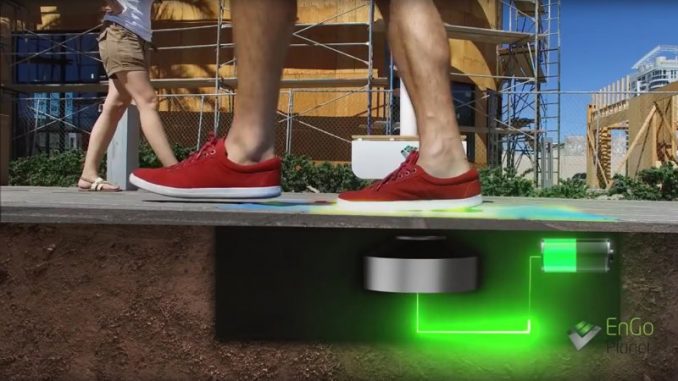Influence of Extracellular Polymeric Substances (EPS) on Deposition Kinetics of Bacteria
时间:2009-04-18 阅读: 我要评论:
The Key Laboratory of Water and Sediment Sciences.
, ‡School of Environment and Urban Studies.
, * Corresponding author phone: (86) 10-6275-6491; fax: (86) 10-6275-6526; e-mail: tongmeiping@iee.pku.edu.cn.Abstract
The significance of extracellular polymer substances (EPS) on cell deposition on silica surfaces was examined by direct comparison of the deposition kinetics of untreated “intact” bacteria versus those from the same strain but with EPS removal via cation exchange resin (CER) treatment using a quartz crystal microbalance with dissipation (QCM-D). Four bacterial strains, mutant Escherichia coli BL21 (gram-negative, nonmotile), Pseudomonas sp QG6 (gram-negative, motile), Rhodococcus sp QL2 (gram-positive, nonmotile), and Bacillus subtilis (gram-positive, motile), were employed to determine the influence of EPS on cell deposition. Experiments were conducted in both monovalent (NaCl) and divalent (CaCl2) solutions under a variety of environmentally relevant ionic strength ranging from 1 to 100 mM at pH 6.0. The effectiveness of EPS removal via CER method was ensured by biochemical composition analysis of EPS solutions and further confirmed by FTIR analysis. Comparable zeta potentials were observed for untreated and CER treated bacterial cells in both NaCl and CaCl2 solutions, indicating that removal of EPS from cell surfaces via CER treatment did not affect the electrokinetic properties of the cell surfaces for all four strains. However, observed deposition efficiencies (α) were greater for untreated cells relative to those with CER treated cells across the entire ionic strength range examined in both NaCl and CaCl2 solutions for all four bacterial strains. These results strongly demonstrated that the removal of EPS from cell surfaces for all four strains decreased the deposition of bacteria on silica surfaces. This study clearly showed that the enhancement of cell deposition on silica surfaces due to the presence of EPS on cell surfaces was relevant to all bacterial strains examined regardless of cell types and motility.
本栏目最近更新
特别声明:本文转载仅仅是出于传播信息的需要,版权归原作者所有,并不意味着代表本网站观点或证实其内容的真实性; 如其他媒体、网站或个人从本网站转载使用,须保留本网站注明的“来源”,并自负版权等法律责任; 作者如果不希望被转载或者联系转载稿费等事宜,请与我们接洽:service#environmentor.cn(请将#改为@)。
来源: 作者: (环境人 Environmentor.Cn)





